Recently PM Narendra Modi Launched India’s 1st RRTS [Regional Rapid Transit System]2023 in UP Prime Minister (PM), Narendra Modi inaugurated the 17 Kilometer (Km) priority section of the DelhiGhaziabad-Meerut Regional Rapid Transit System (RRTS) Corridor at Sahibabad RapidX Station in Ghaziabad, Uttar Pradesh (UP).
He also flagged off the ‘Namo Bharat’ RapidX train, connecting Sahibabad to Duhai Depot (UP), which marks India’s first RRTS. Additionally, 2 stretches of the east-west corridor of Bengaluru Metro were dedicated to the public.
Table of Contents
What is RRTS Project
Integrated Mass Transit Network
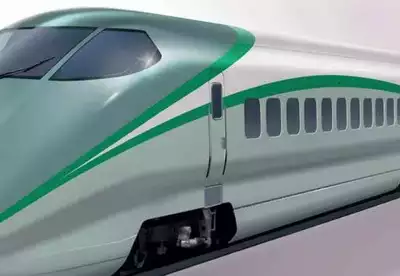
The RRTS project aligns with the Government of India’s vision to transform regional connectivity through state-of-the-art transport infrastructure. RRTS constitutes a new rail-based, semi-high-speed, high-frequency commuter transit system.
The RRTS is an integrated mass transit network that enhances connectivity and accessibility across the National Capital Region (NCR), promoting balanced and sustainable urban development.
With a design speed of 180 kilometers per hour (Kmph), RRTS is set to redefine the standards of transportation efficiency. It is represents a transformative regional development initiative, promising improved connectivity and convenience for commuters
RRTS in India is developed to be a state-of-the-art regional mobility solution, on par with international standards, because:
It ensures safe, reliable, and modern intercity commuting
Origin of the Idea
The idea for RRTS emerged from a study initiated by Indian Railways in 1998- 99, envisioning fast commuter trains connecting various NCR locations.
National Capital Region Planning
The National Capital Region Planning Board (NCRPB) adopted the RRTS concept while developing the Functional Plan on Transport for NCR-2032 and recommended eight RRTS corridors to connect NCR towns.
Development Agency
The project is overseen by the National Capital Region Transport Corporation (NCRTC), a joint venture involving the Central government, Delhi, Haryana, Rajasthan, and Uttar Pradesh. It operates under the Ministry of Housing and Urban Affairs
What is Scope of the Project
The RRTS project spans the extensive NCR, covering around 55,000 square kilometers and serving a population of over 46 crore with a combined GDP of approximately $370 billion.
Impressive Speed
RRTS trains operate at speeds of 160 km/hour, with the capacity to reach a maximum speed of 180 km/hour.
Faster Travel
Delhi Metro trains typically run at speeds of 100 km/hour to 120 km/hour, making RRTS ideal for covering longer distances swiftly.
Enhanced Comfort
Compared to Indian Railways, RRTS covers shorter distances but operates at higher frequencies and provides superior passenger comfort.
International Models
The RRTS draws inspiration from successful international models such as the RER in Paris, Regional-Express trains in Germany and Austria, and the SEPTA Regional Rail in the United States, among others. Objectives of the RRTS Project
Enhancing Connectivity
The RRTS seeks to enhance multi-modal connectivity at existing transportation hubs.
Decongesting Roads and Rails
A primary goal is to reduce congestion on roads, highways, metro, and railway networks by promoting public transportation.
Economic Growth
By reducing travel times, the RRTS aims to stimulate economic productivity in the region, fostering economic activity in suburban areas of Uttar Pradesh, Rajasthan, and Haryana. Corridors under the RRTS Project
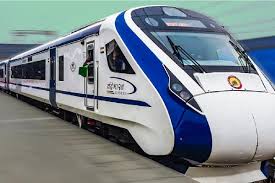
The RRTS project encompasses eight corridors
1. Delhi-Ghaziabad-Meerut (82 km)
2. Delhi-Gurugram-SNB-Alwar (164 km)
3. Delhi-Panipat (103 km)
4. Delhi – Faridabad – Ballabgarh – Palwal,
5. Ghaziabad – Khurja,
6. Delhi – Bahadurgarh – Rohtak,
7. Ghaziabad-Hapur,
8 Delhi-Shahdara-Baraut.
The Sarai Kale Khan Hub will serve as the central hub, connecting all three Phase I corridors, bridging the gap between Delhi and Uttar Pradesh, Haryana, and Rajasthan
The entire 82.15 km RRTS corridor is projected to be fully operational by June 2025.
Phase-I prioritises 3 key corridors
Delhi – Ghaziabad (UP) – Meerut (UP), Delhi – Gurugram (Haryana) – Shahjahanpur-Neemrana-Behror (SNB) (Rajasthan) – Alwar (Rajasthan), and Delhi – Panipat (Haryana).
1. Delhi-Ghaziabad-Meerut RRTS Corridor
The 17 Km priority section of Delhi-Ghaziabad-Meerut connects Sahibabad to Duhai Depot.
This route features essential stations at Ghaziabad, Guldhar, and Duhai in UP.
It is being developed at a cost of more than Rs 30,000 crore and aims to reduce the travel time between Delhi and Meerut to less than an hour.
The corridor is set to pass through key urban centers
2. Ghaziabad, Muradnagar, and Modinagar in UP. Bengaluru Metro
The two new metro stretches connect Baiyappanahalli to Krishnarajapura and Kengeri to Challaghatta (Bangalore Metro Purple Line).
These metro stretches were made operational from 9th October 2023, aimed at enhancing public commuting convenience on this corridor in Bengaluru (Karnataka).
The Namo Bharat train and the screen doors installed on the platforms are Made in India.
The noise levels in the Namo Bharat Train are less than that of helicopters and airplanes.
Under RRTS Amrit Bharat Station Scheme
The Prime Minister recently laid the foundation stone for the redevelopment of 508 railway stations as part of the Amrit Bharat Station Scheme.
The Amrit Bharat Station Scheme was launched in February 2023 to redevelop 1309 stations nationwide.
The 508 stations being redeveloped are spread across 27 states and union territories and will be redeveloped at a cost of Rs 24,470 crores.
Master Plans were being prepared for the development of these stations as City Centres with proper integration of both sides of the city.
This integrated approach is driven by the holistic vision of the overall urban development of the city, centres around the railway station.
These stations will have better seating on platforms, upgraded waiting rooms and free Wi-Fi amongst other things.
The redevelopment will provide modern passenger amenities along with ensuring well-designed traffic circulation, inter-modal integration, and signage for the guidance of passengers.
The design of the station buildings will be inspired by local culture, heritage, and architecture.
all the Amrit Bharat stations will be built to meet the standards of green buildings. By 2030, India will be a country whose railway network will run on net zero emissions.
Conclusion
India work on Made in India project RRTS train 1st step. Train passed eight corridors to connection one place into other place move to word.
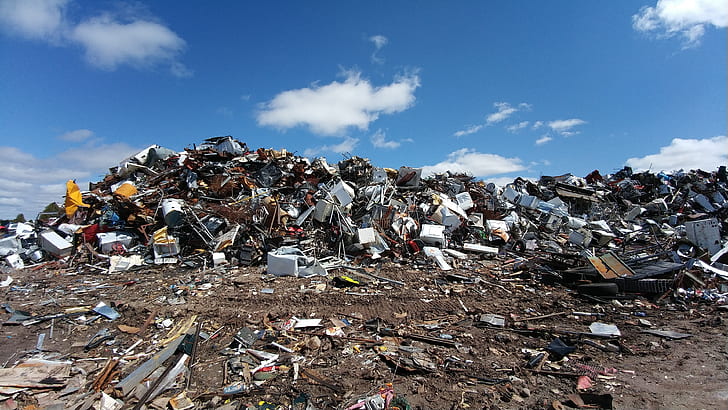
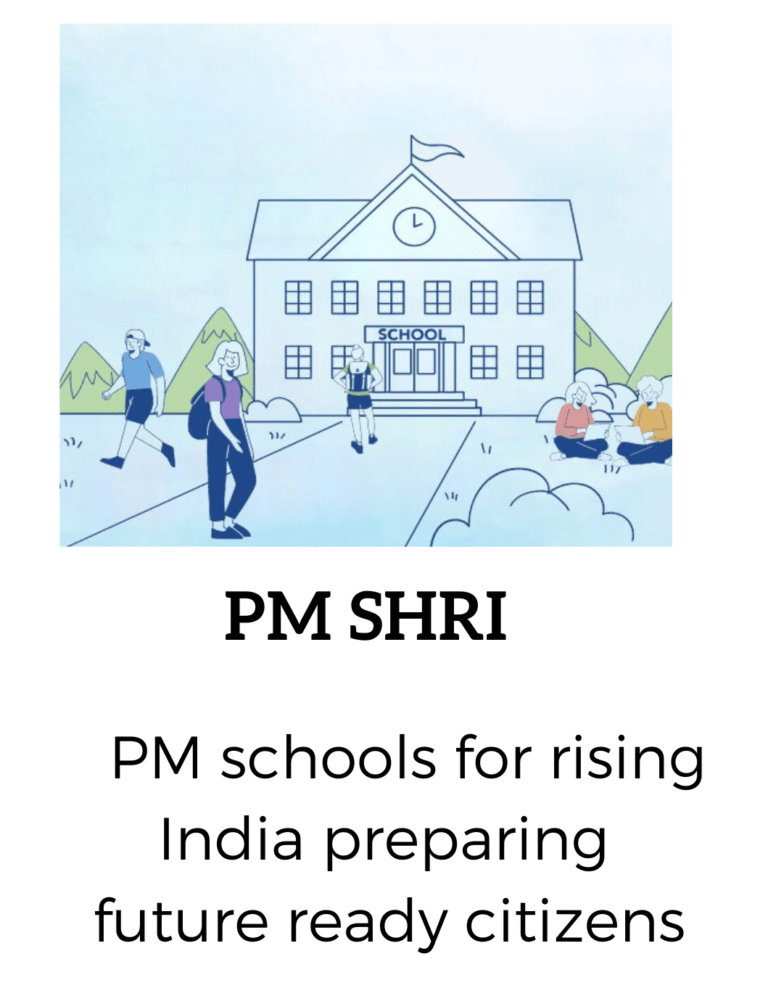
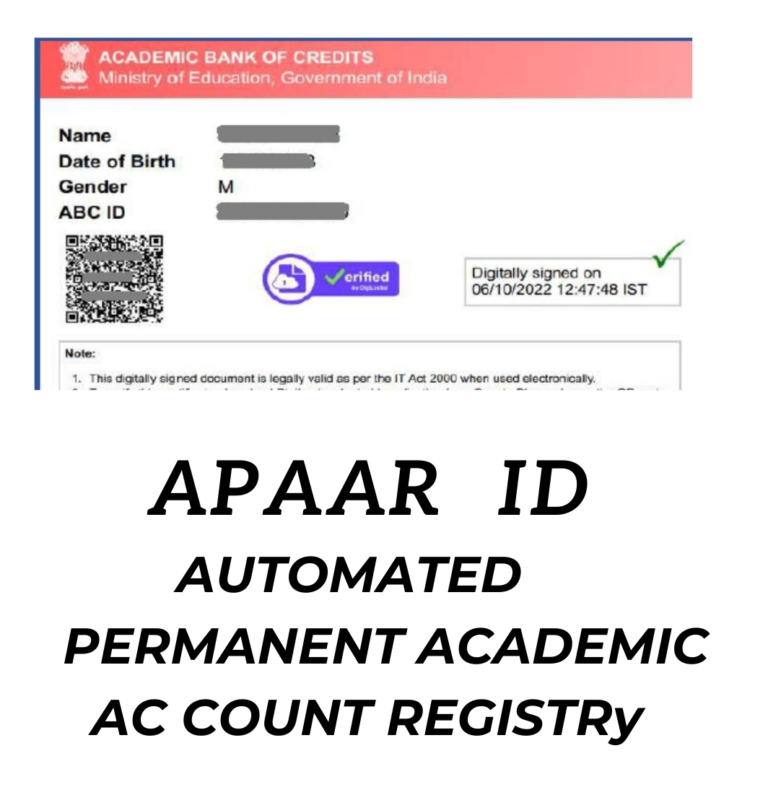
[…] if you read about RRTS click the link […]
Very nice info and straight to the point. I don’t know if this is
in fact the best place to ask but do you folks have any ideea where to employ some professional writers?
Thanks in advance 🙂 Escape rooms hub